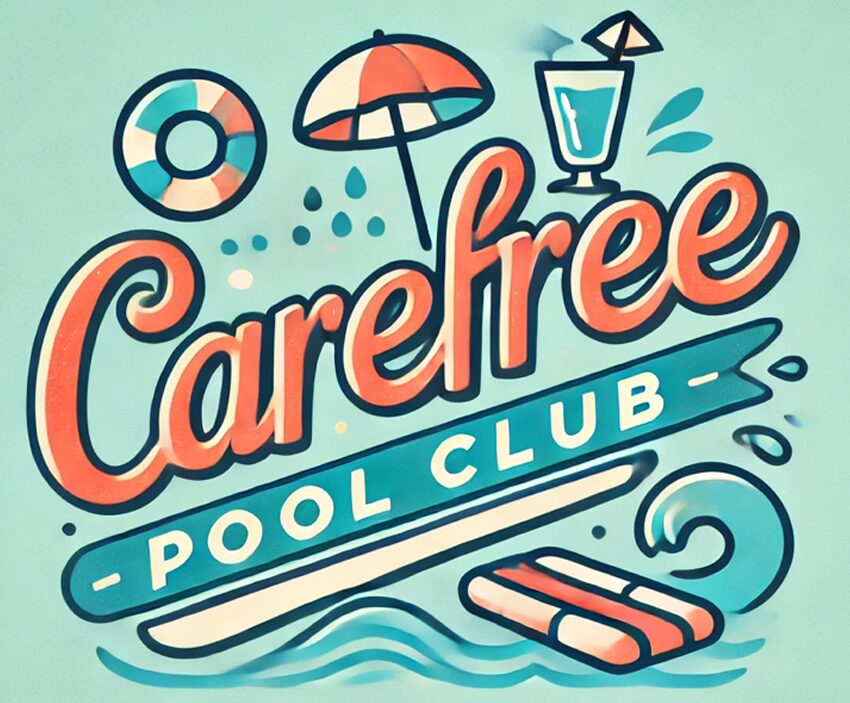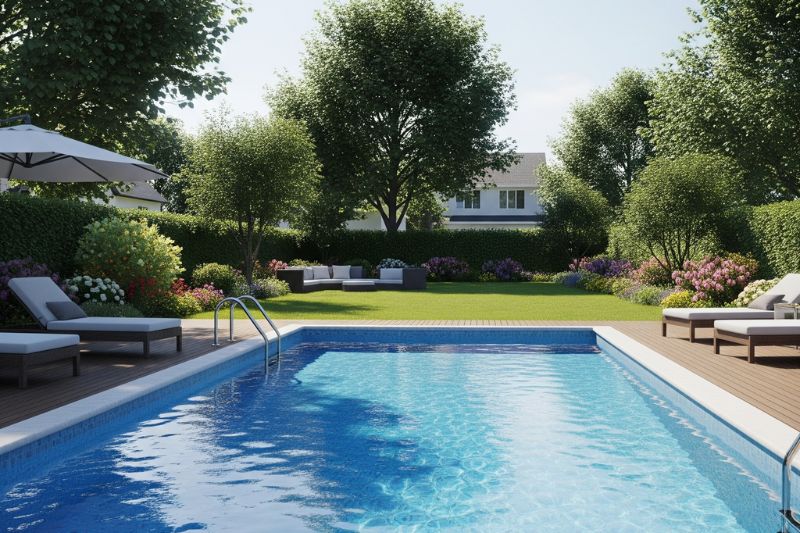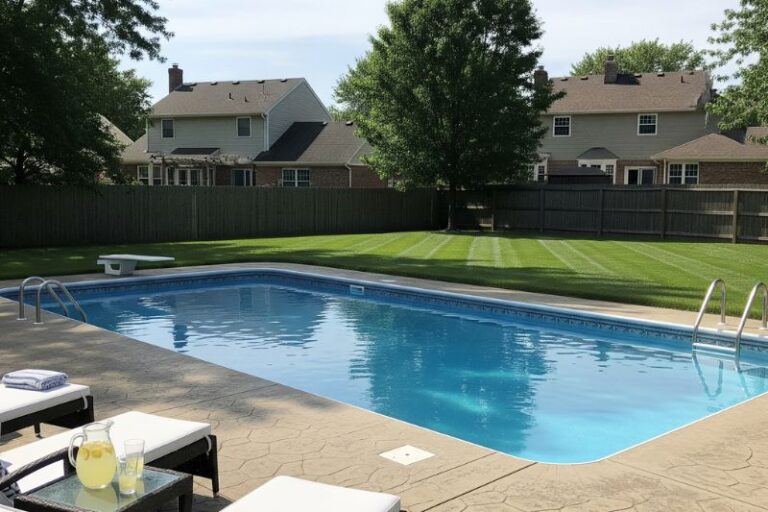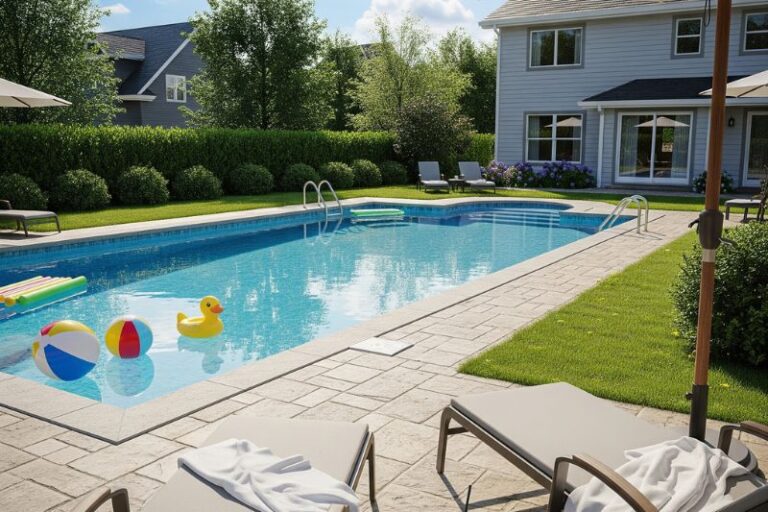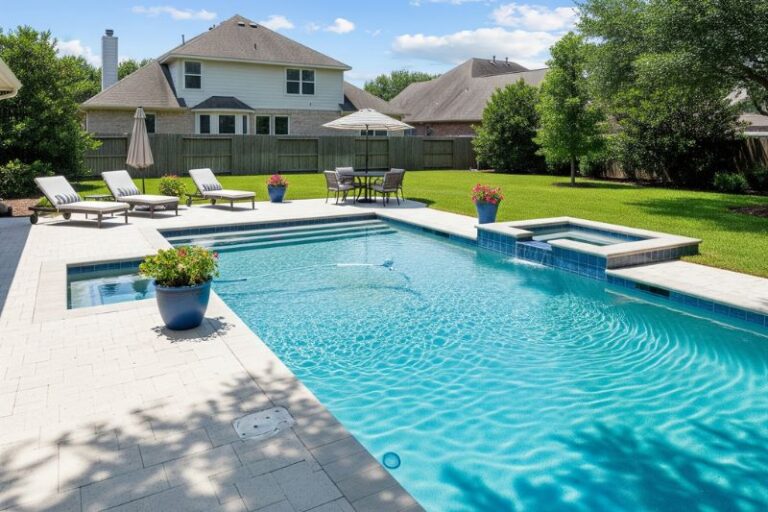So you think you’re a pool maintenance wizard because you dump a few scoops of this and a splash of that into your pool every week? Cute. Except your water still looks like a sad aquarium. Let me be the first to tell you, you’re not “on top of it.” You’re creating a swamp.
Let’s talk about why pouring chemicals without testing is one of the worst habits you can have and why your pool silently hates you for it.
Mistake One: Guessing pH Levels Like It’s a Game Show
You can’t “feel” pH with your hands. Sorry. That’s not how science works. And yet, somehow, homeowners grab pH increaser or decreaser and toss it in because they assume it’s too high or too low. The result? Water that can etch plaster, corrode equipment, or turn your eyes into tomatoes.
Fix: Buy a proper test kit. Use it. If it says 7.2 to 7.6, you’re good. If not, adjust accordingly and retest before you dump more.
Mistake Two: Assuming More Chlorine Is Always Better
Ah yes, the classic mistake. Pool looks off? Must need more chlorine! So you dump in extra and then complain when it smells like a public bathhouse. Over-chlorination can damage liners, ruin bathing suits, and burn your skin.
Fix: Check free chlorine and combined chlorine levels first. If combined chlorine is high, it’s time to shock the pool properly, not just toss in more tablets.
Mistake Three: Ignoring Alkalinity Because You “Don’t Know What That Means”
If I had a dollar for every time someone ignored alkalinity and then wondered why their pH kept bouncing around, I could build my own pool. Low alkalinity means unstable pH. High alkalinity means pH is stuck.
Fix: Test it. Aim for 80–120 ppm. If it’s low, use baking soda. If it’s high, add some acid, slowly.
Mistake Four: Thinking Pool Shock Is a Magical Fix for Everything
You shocked it yesterday, and it still looks like a pond? Because shock only works if you address the underlying problem. If your filter is filthy or circulation is poor, no amount of shock will save you.
Fix: Backwash your filter, scrub the walls, vacuum debris, then shock at the right dose. And test again the next day.
Mistake Five: Pouring Without Reading Labels
Yes, labels exist for a reason. Some chemicals need to be pre-dissolved. Some can’t be added at the same time. Mixing random products can lead to cloudy water, stains, or worse.
Fix: Take two minutes to read the directions. Really. You’re not that busy.
The Motivational Checklist You Didn’t Know You Needed
If you’re feeling called out, good. That means you care enough to fix it. Here’s your simple, no-nonsense checklist:
- Test water before adding anything.
- Keep your pH between 7.2–7.6.
- Keep alkalinity in range to stabilize pH.
- Don’t overdose chlorine. Shock only when necessary.
- Clean your filter regularly and maintain good circulation.
- Read the label before you add any chemical.
- Retest after making adjustments.
Your pool deserves better than your guessing games. Stop wasting money and ruining your water chemistry. Test first, adjust second, and actually enjoy your pool the way it’s meant to be.
There. You’ve been warned. Now grab your test kit and go apologize to your water.
